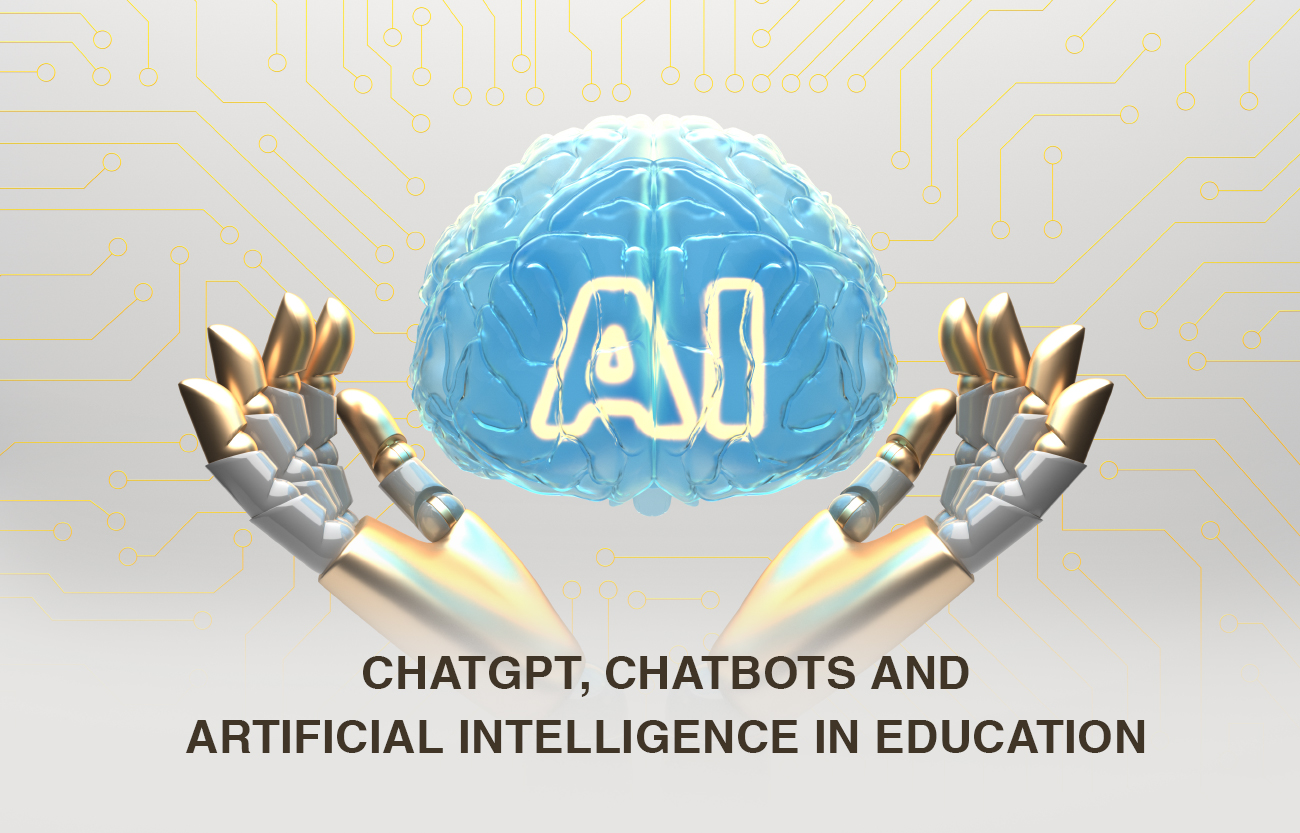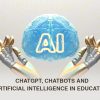
ChatGPT, Chatbots and Artificial Intelligence in Education
AI just stormed into the classroom with the emergence of ChatGPT. How do we teach now that it exists? How can we use it? Here are some ideas.
ChatGPT is an artificial intelligence chatbot. Drawing on tons and tons of data and massive processing power, it uses GPT3 technology to let users talk to the AI about practically anything.
What are the implications for the classroom?
As soon as the genie was out of the lamp, so to speak, there were effects of ChatGPT and AI on teaching and learning. Whether we felt those impacts right away or not, as soon as it was released, things have the potential to change. Below, we’ll talk about ChatGPT in particular, but know that this is just the first one … and we’re thinking long-term about new products to come later.
Students can use ChatGPT to do their assignments.
There. I’ll just say it clearly and plainly since we’re all thinking it. For lots of assignment types (not all of them!), students can ask ChatGPT to do the work for them. They can copy/paste the work into a document or your learning management system and submit it.
TurnItIn and other plagiarism checkers can’t catch it.
What ChatGPT creates is an original work each time you ask it. It creates something new every time you ask, and its responses are not in the databases of plagiarism checkers. ChatGPT doesn’t keep a log of responses it creates, and even if it did, I’m thinking OpenAI (creator of ChatGPT) has no incentive to make all of that available to plagiarism checkers. (Even if it did, the processing power necessary to query that database would be enormous.)
Some people will, undoubtedly, try to find ChatGPT detectors to track down students using it (in a similar way to plagiarism checkers). You may find them. I found one on social media called GPT-2 Output Detector Demo. It’s a demo, so it’s not a finished product. It’s based on GPT2 technology (which is a predecessor to the GPT3 technology that ChatGPT is using as of the writing of this post).
Beware of using detectors as your way of dealing with this. They’re not reliable. And this approach isn’t the long
School/class uses of ChatGPT, chatbots, and AI aren’t all bad.
Lots of teachers are making judgment calls about the use of this new technology, and many are concerned about its immediate impacts. Here’s the truth: it’ll make lots of teachers reconsider some types of assignments they’ll assign going forward. Hey, they don’t want to know how a bot will respond to their prompts, questions, and assignments. They want to use it to gauge learning in a human being. It makes sense.
But let’s put it this way. There are some really, really mindless, terrible writing prompts out there … and math worksheets … and project assignments. If we’re looking long-term, this technology will eventually start to push some of those terrible assignments out and force us to come up with something new. It’ll probably be painful, and many of us will probably hate parts of the process. But in the end, we will evolve to something better.
Also — just like we did with the calculator, Wikipedia and Google searches — students and teachers will find productive, meaningful ways to use this new technology for teaching and learning.
Schools and districts will try to block it, but that won’t stop much.
Immediately, IT admins are going to have to decide if they want to block ChatGPT with their internet firewalls. And lots of them will indeed block it. If they do, I hope they don’t think that they’ve solved the “problem” they think they have on their hands.
First of all, blocking ChatGPT on the school’s network won’t do much. Sure, students won’t be able to access it with their school devices on the school network. But did you know that students have cell phones? Phones that operate on a cellular network that the school can’t control? They can run to the bathroom, sit in a stall, ask ChatGPT for answers, copy them to a document, come back to class, and transfer the text on that document into their assignment and turn it in. (They can do that at home, too. Or on the bus. Or quietly under the desk in the classroom.)
Whether to block ChatGPT school-wide is still a decision schools and districts have to make.
The bigger decision is: what will teaching and learning look like going forward now that this technology is available?
Source : https://ditchthattextbook.com/ai/











